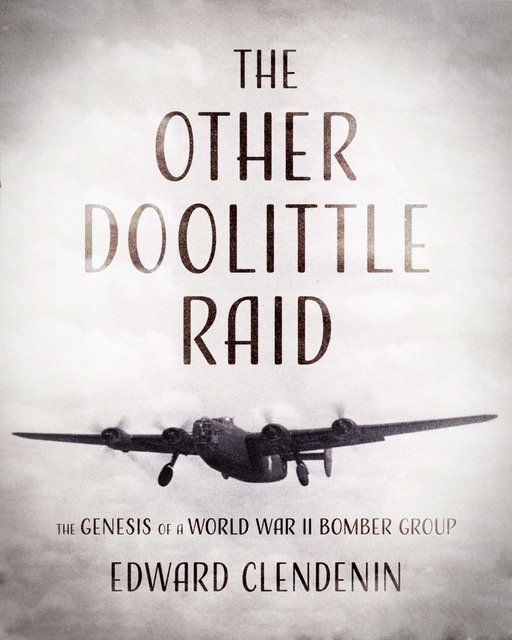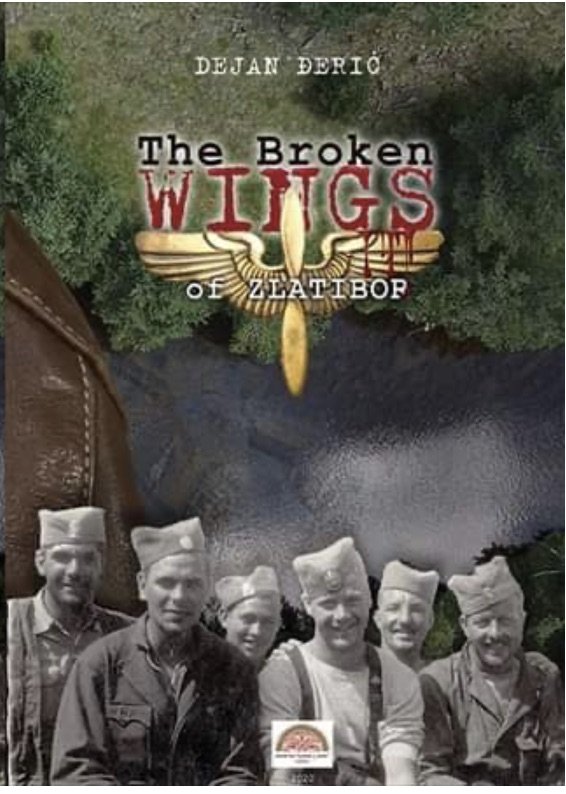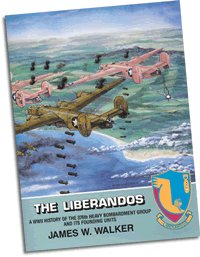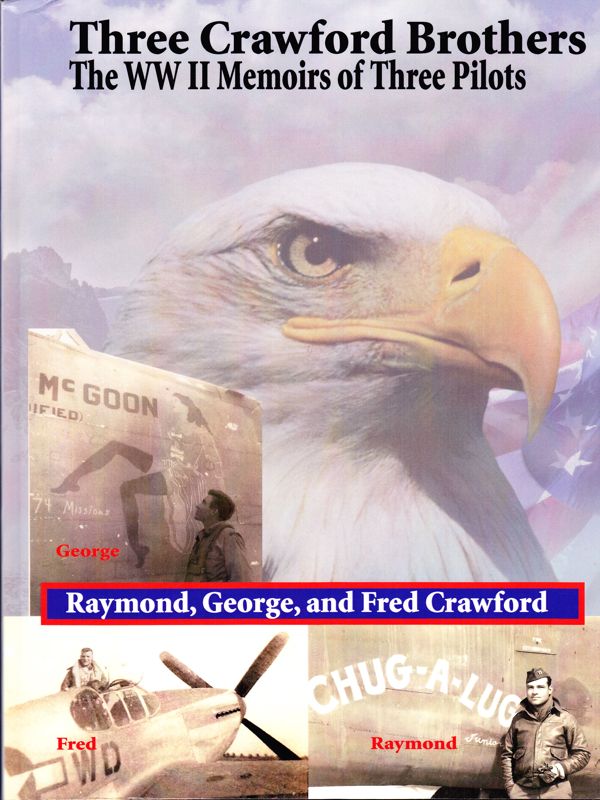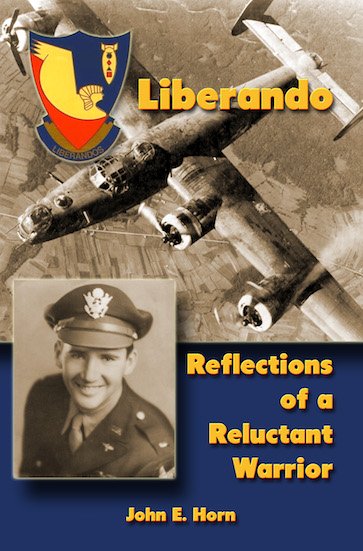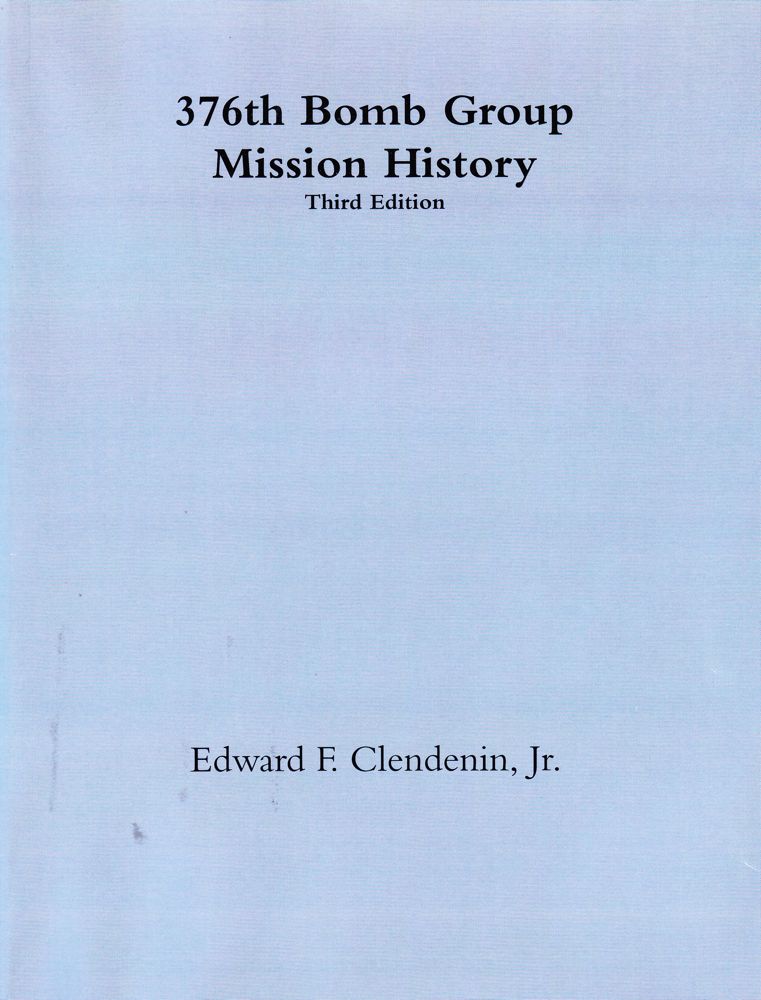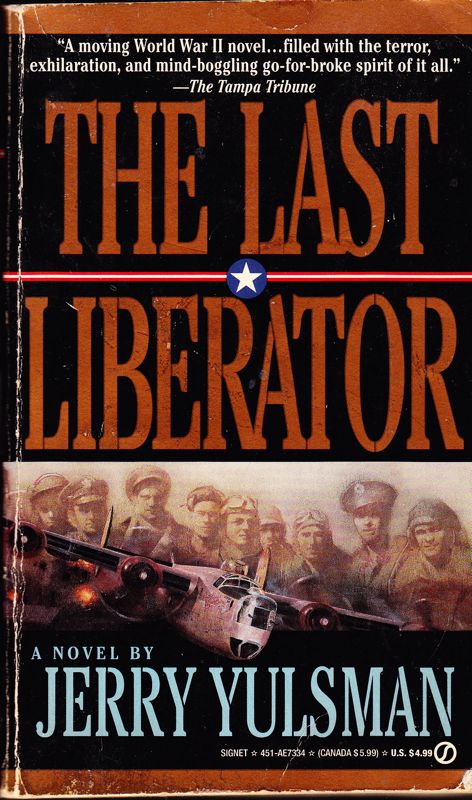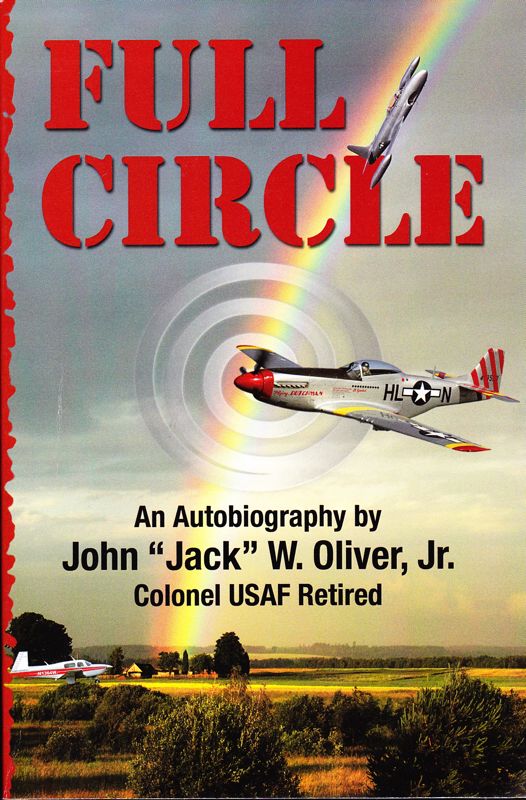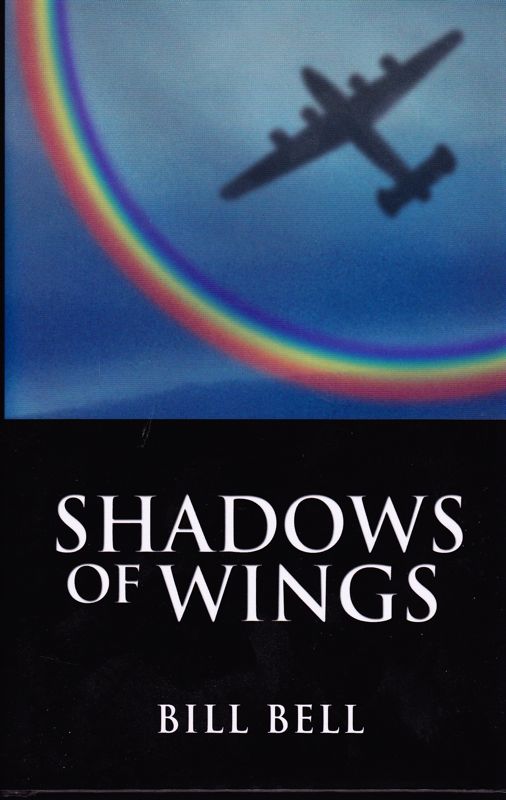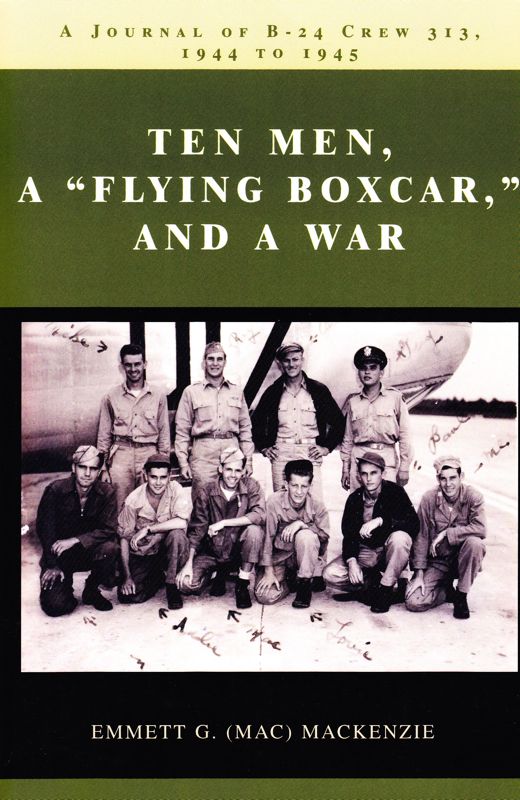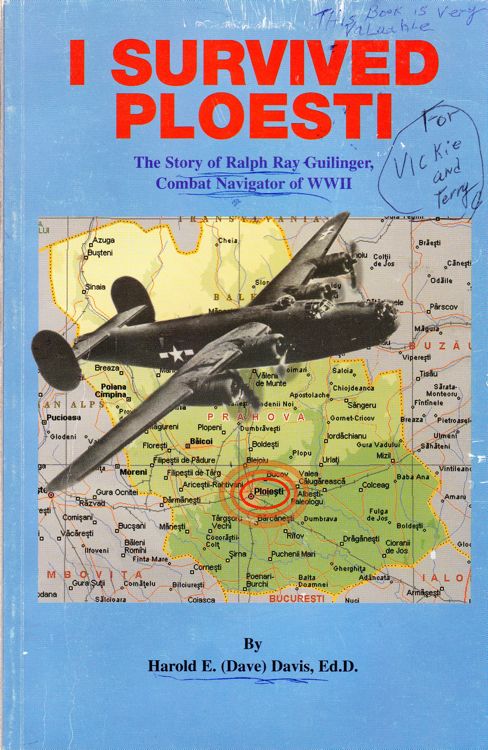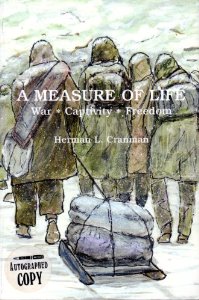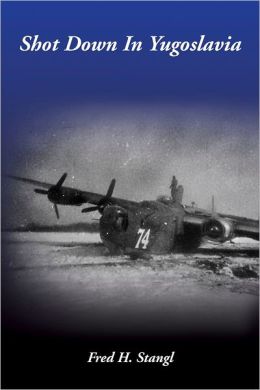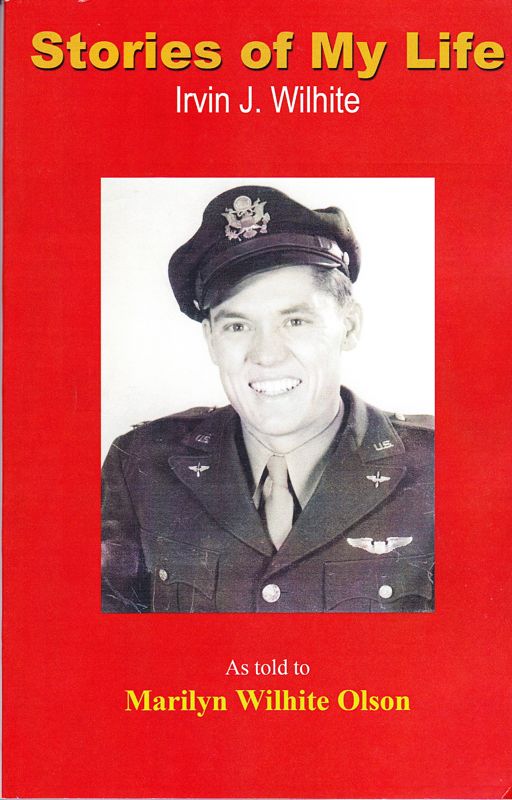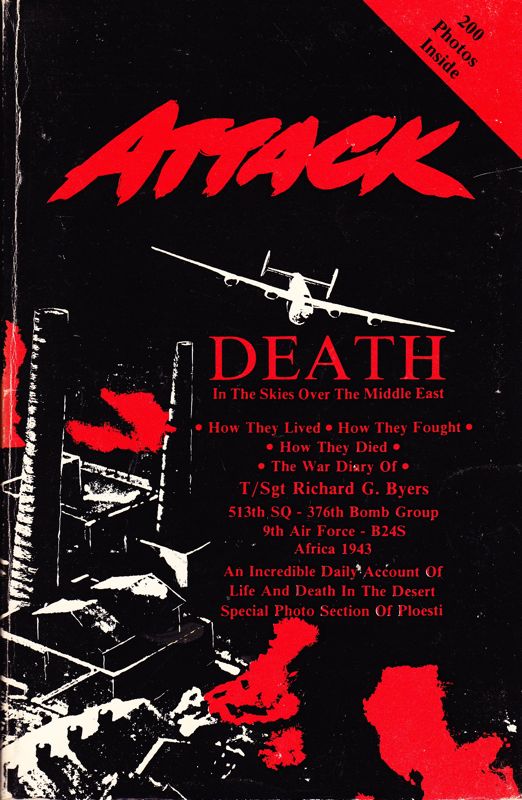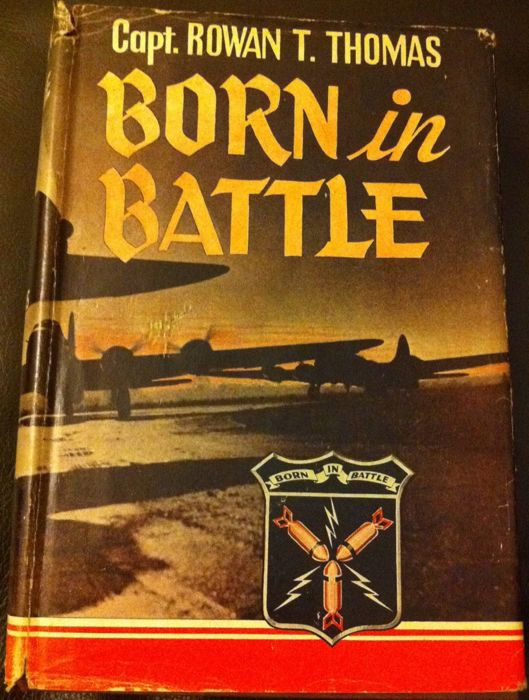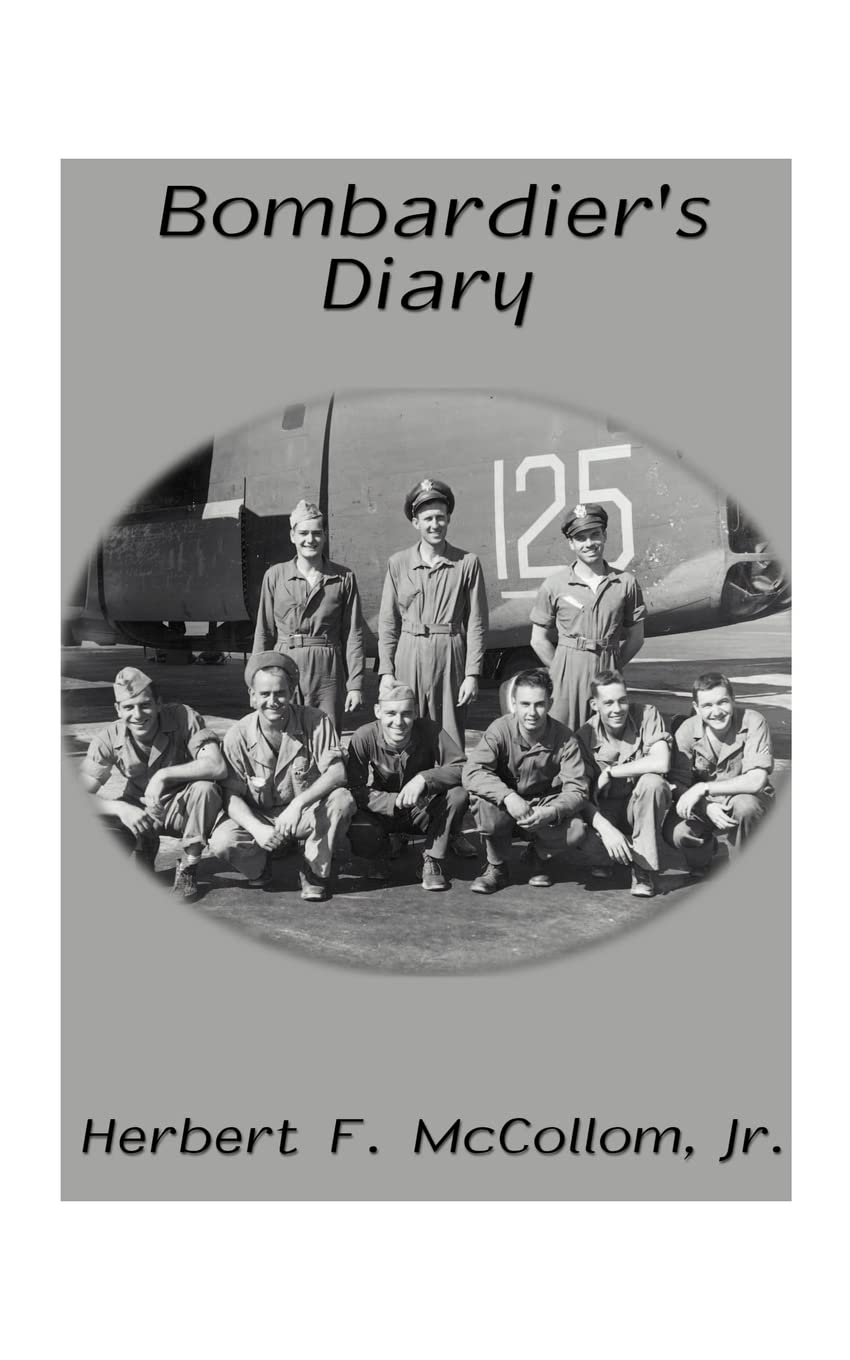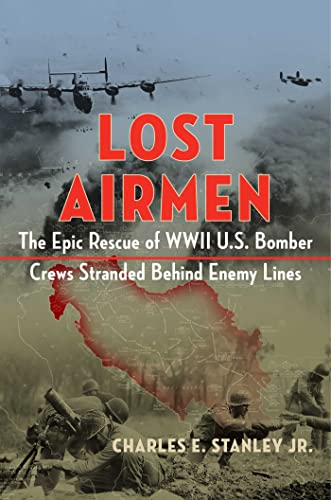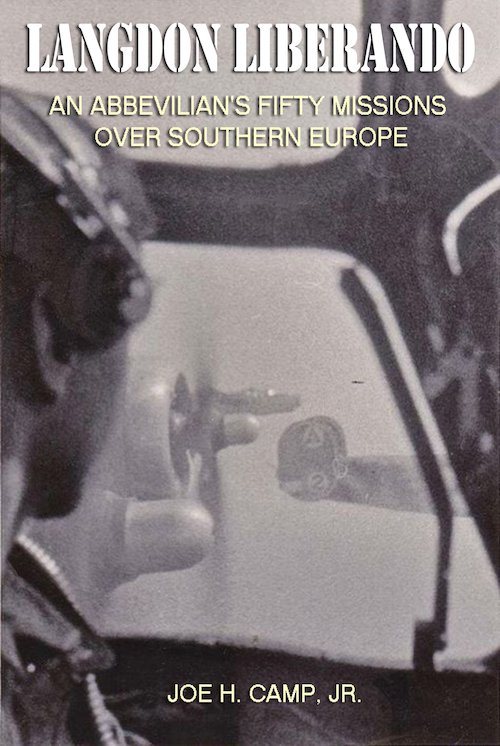Wilbur W. Mayhew
Stateside
Our crew was grounded from flying for about one month after our return to Abu Sueir, due to our injuries. Pat was still on Malta, but the rest of us that had been injured had to report to the doctors every day for over a month to take care of our wounds. None of our injuries, however, were very serious.
In the meantime, our outfit received orders to move our base to El Adem airfield near Tobruk, which we did on 4 February 1943. This was Landing Field 139. We had the Germans on the run by this time, and we had to keep moving up behind them to keep within bombing range. It was one thing to spend a few hours on the ground refueling near Tobruk, and quite another thing to be stationed there. We were back to living in tents again, which was not too bad. However, we were now 450 miles from the nearest city or town (Cairo ),which was very bad indeed.
Our tents in Karachi each had two slit trenches dug at the corners for our use in case of air raids. The tents at Tobruk had the entire interior dug down three feet for air raid protection. One merely had to roll off his bed and he was in the air raid shelter. These tents had only one roof, in contrast to the tents in Karachi. However, at this time of year that was no problem, because of the cold. Some of the coldest nights I have ever spent on the ground were out there in the Sahara.
We were not too happy about our new base. That is part of the Sahara Desert ( one of the better parts), so it was rather hot and dry. We were allowed one gallon of water a day per man for all purposes --- washing, drinking, shaving, cooking, etc. Consequently, little washing or shaving occurred while we were stationed there. We were allotted one canteen a day for drinking. As the water had to be hauled 35 miles (70 miles round trip) by truck over a bombed and mined road, we were lucky to get that much water. The round trip required an entire day. An armed guard stood beside the water tank to see that no one got more than his share. Needless to say, if a fellow was at Tobruk one week, he went a week without a bath; if he were there a month, a month without a bath, etc. There were some very pretty ( ? ) beards grown in addition.
The worst thing about the place was the monotony. It actually became so monotonous we welcomed the visits of "Jerry" when he bombed the harbor area of Tobruk. At least, this livened things up a bit. I do not think the boys down at the harbor shared our feelings, however. "Jerry" came regularly enough that we were not bored for very long at a time. Our crew had nothing to do while we were stationed at Tobruk. Fortunately the Germans were retreating fast, so we did not have to stay here very long.
Then, on 22 February 1943, we received orders to move to Soluch, Libya. This village is about 30 miles southeast of Benghazi, and about 700 miles west of Cairo. This seemed worse than Tobruk, because we could not even see the Mediterranean Sea from here. This small former Italian village was currently occupied by a small number of Senussi tribesmen. Consequently, there was nothing in town for soldiers to do ( except buy eggs from the natives). We were camped at the edge of town. We were again living in 4-man dug-out tents as we had at Tobruk. The wind blew here nearly as much and as hard as it did in Karachi. Consequently, all our things were always covered with dust. However, we did have more water.
By now our wounds had healed. However, as we were the oldest combat crew in the outfit by this time, and replacements were beginning to arrive, the Colonel grounded us permanently from combat flying. I can assure you this did not make us at all mad. Our nerves were pretty well frayed by this time. I was made Assistant Section Head of the Group photography section, but I did not have to do very much work. I took the photos of the bomb damage from Soluch to Benghazi in time to catch the early morning plane to 9th Air Force headquarters in Cairo. The missions usually returned about 1 :00 A. M. (0100) and the pictures normally were developed and printed by 3:00 A.M. (0300). As the plane to.Cairo left Benghazi at 5:00 A.M. (0500), this gave me a couple of hours to make the 30 mile run. Driving across unmarked desert at night with only black-out lights, however, is rather slow work. I always had a couple of guards along in the jeep armed to the teeth, but we never ran into any serious difficulty.
Now there were only 12 of the former India-based troops in the 376th Bombardment Group. None of us were on flying status any longer. We were just marking time until we were rotated home.
Our outfit moved to Berka 2 airfield, just outside Benghazi, on 12 April 1943. We lived in the same tents we had used at Soluch. Benghazi had been bombed from the air and shelled from the ground for so long there was little that was undamaged in the town. From a G.I. point of view, the town offered no more than Tobruk or Soluch. However, now we were stationed just a few feet from the shore of the Mediterranean. One of the most beautiful beaches I have ever seen was at our doorstep (about 100 yards away). This more than made up for a lack of city activities. We could swim in warm, crystal-clear water any time we were free of duties, so the beach had swimmers all day long.
The Germans paid us an occasional visit here, but they did not come very often. One evening about sundown the Germans sank one ship out of a convoy within sight of our camp, but they lost 12 planes doing it. The worst of this to us was the fact the oil from the sunken ship ruined our beautiful swimming beach, so we could not swim.
Through some of its men, personnel of the original 7th Bombardment Group had visited six continents. They had helped save India, fought in China, helped stop Rommel in Egypt, had fought through the Middle East and finally in western North Africa had helped prepare for the invasion of southern Europe. It was estimated that former 7th Group combat personnel in the 513th Squadron had traveled over 200,000 miles during their combat tour.
When the North African campaign concluded on 13 May 1943, the last 12 of the old 513th Squadron began to receive orders to return to the United States. Finally, on 25 May 1943 my orders came through for my return to the United States. The next day Mac McJunkins, Joe Rose and I, the ones concerned in the orders, climbed into a C-47 transport and flew to Cairo for our final orders. At last, on 2 June 1943 we left Cairo with some fighter pilots from the 57th Fighter Group and B-25 crews from the 12th Bombardment Group (Medium) and flew to Khartoum in the Anglo-Egyptian Sudan where we stayed just long enough to refuel. We spent the night at El Fasher, still in the Sudan. The next morning we flew to Kano, Nigeria to refuel, then on to Accra, Gold Coast ( Ghana). We had to remain there for three days waiting for our turn on a plane to cross the Atlantic. Finally, on 6 June 1943 we took off in a C-87 transport ( modified B- 24) to cross the Atlantic. Our first stop was on Ascension Island. We refueled and took off again --- this time for Natal, Brazil. Here again we had to wait for another plane. On 11 June 1943 we climbed aboard a C-46 transport and flew to Belem, Brazil. We stayed there overnight, and on 12 June 1943 we took off again. Our first stop that day was at Georgetown, British Guiana, where we stayed long enough to refuel. The next stop was Borincan Field, Puerto Rico to refuel again, and then MIAMI!!!! 12 June will remain in my memory for a long time to come. I returned, as a technical sergeant proudly wearing a Distinguished Flying Cross, Air Medal Purple Heart, and a Presidential Unit Citation with two oak leaf clusters. I also possessed the Asiatic-Pacific campaign ribbon with three battle stars and the European-African-Middle Eastern campaign ribbon with four battle stars.
This concludes my little 19 month trip. I spent 32 days and traveled 10,281 miles on a troopship from San Francisco to Brisbane, Australia and 36 days and 7,764 miles on another troopship from Brisbane to Karachi, India. Thus, we spent a total of 68 days and traveled 18,045 miles on ships. I traveled approximately 200,000 miles by air. I was in or flew over 29 countries on five continents ( South America, Australia, Africa, Asia, Europe ). I crossed the International Date Line four times, the Equator four times and went around the world. I would not have missed that trip for a million dollars, but I would not go through it again for another million.
The website 376bg.org is NOT our site nor is it our endowment fund.
At the 2017 reunion, the board approved the donation of our archives to the Briscoe Center for American History, located on the University of Texas - Austin campus.
Also, the board approved a $5,000 donation to add to Ed Clendenin's $20,000 donation in the memory of his father. Together, these funds begin an endowment for the preservation of the 376 archives.
Donate directly to the 376 Endowment
To read about other endowment donation options, click here.
Reunion
NOTE change in month !!!
DATES: Oct 26-29, 2023
CITY:Tucson, AZ
HOTEL: Double Tree Suites Airport hotel
7051 South Tucson Blvd., Tucson, AZ 85756
520-225-0800
Click here to read about the reunion details.
